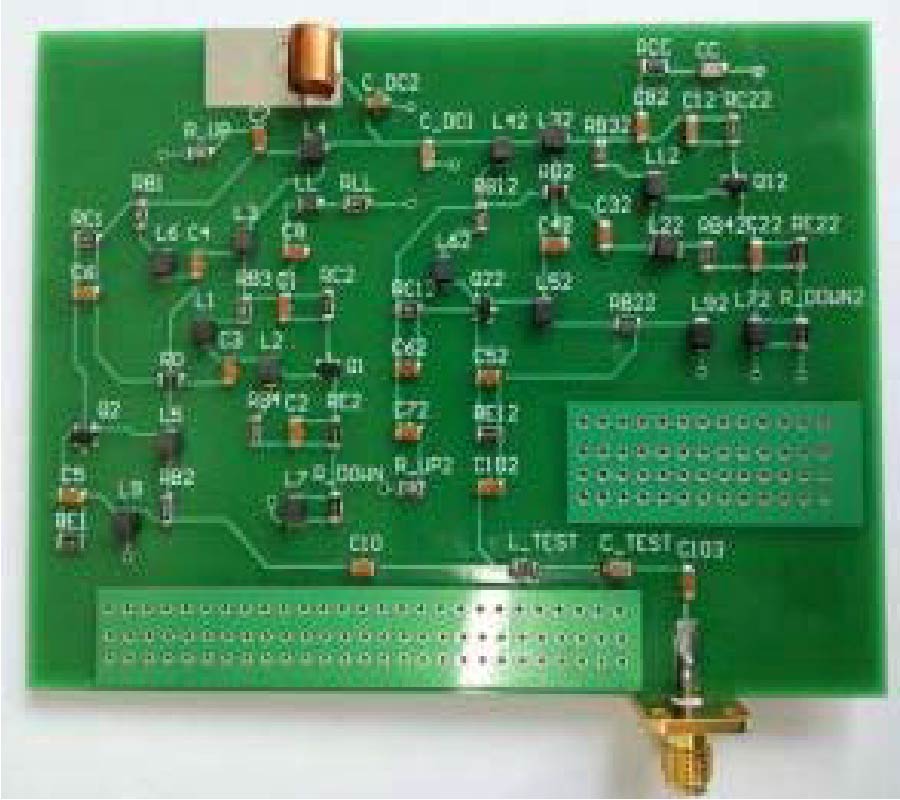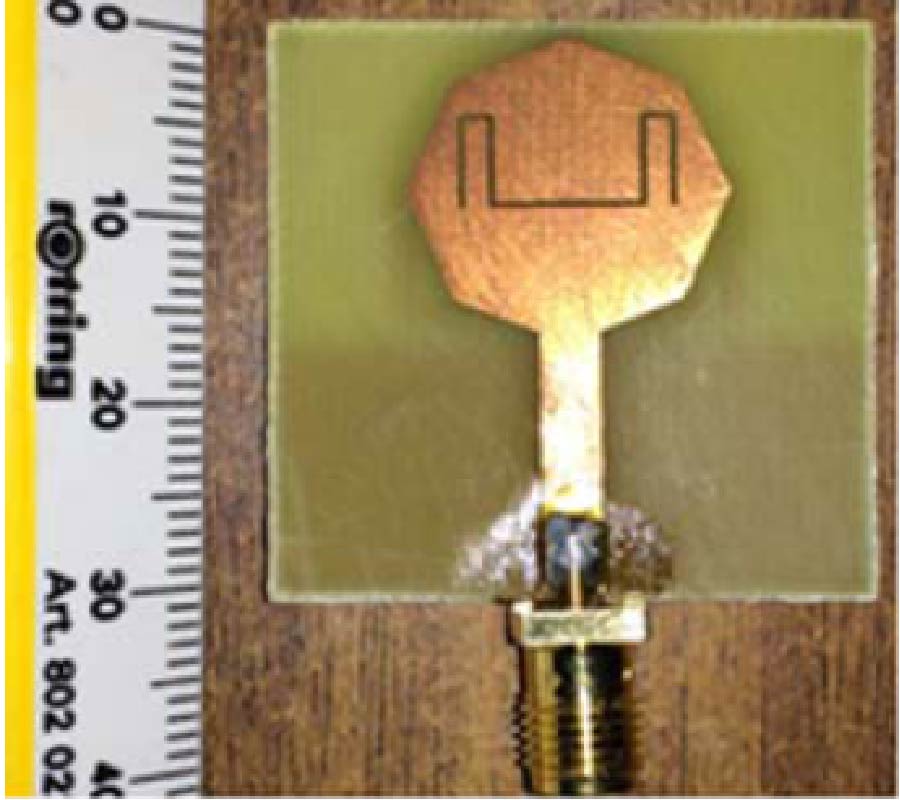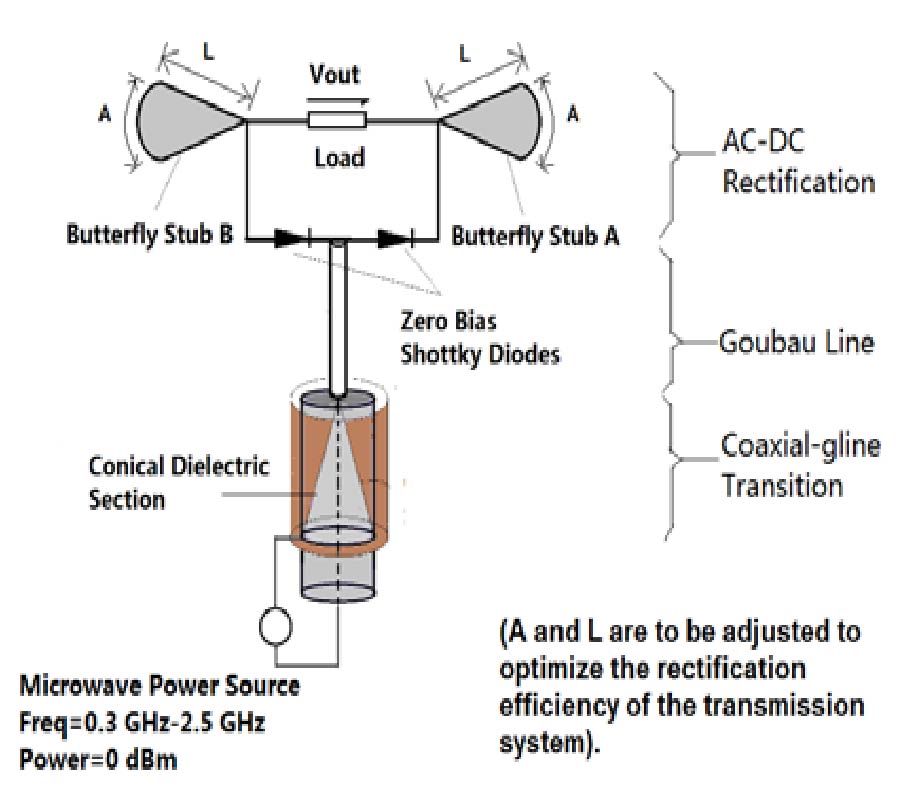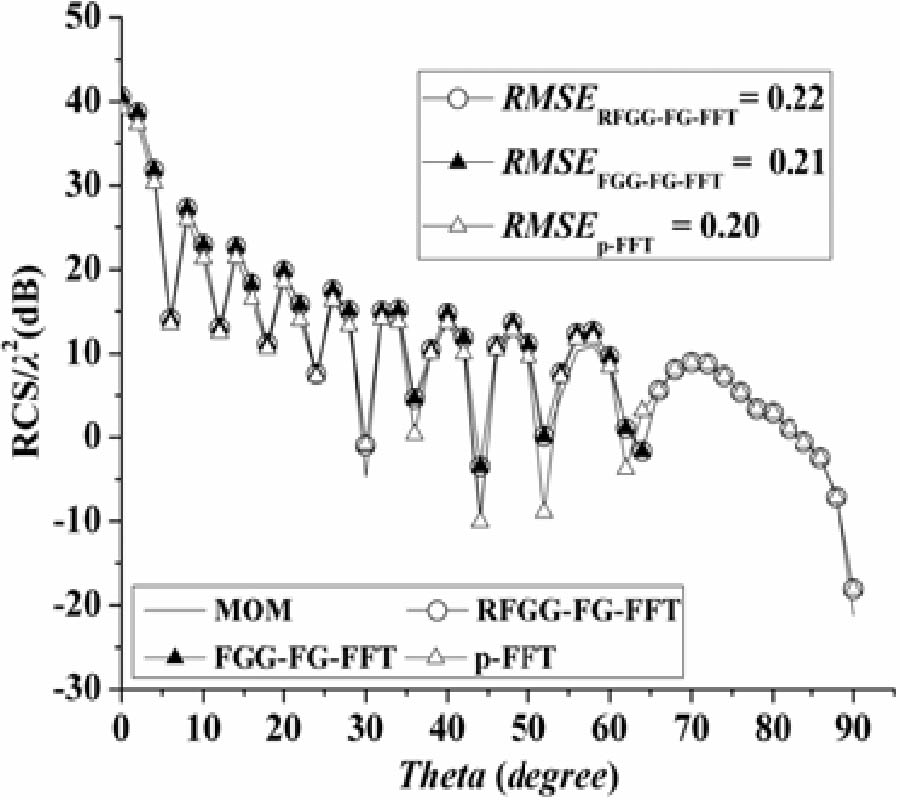2017-02-22 Latest Published
By Li Sun
Bao-Hua Sun
Guanxi Zhang
Progress In Electromagnetics Research M, Vol. 54, 183-193, 2017
Abstract
An electrically small half-loop antenna (ESHLA) embedded with Foster elements is analyzed using the characteristic mode (CM) theory. The resonant frequency and radiation characteristics of the ESHLA are mainly determined by the resonant mode (Mode 1). The characteristic currents of resonant mode (Mode 1) and non-resonant mode (higher order mode) prove the parallel resonance of the ESHLA. However, owing to the modal significance (MS) of the resonant mode varying fast with frequency, the proposed ESHLA has a narrow bandwidth. Analysis shows the MS of the resonant mode and the higher order mode are changed by tuning the Foster element, leading to a negative admittance variation slope in accordance with the non-Foster behavior. By replacing the Foster capacitor with the non-Foster network, both the characteristic currents and the MS are changed over a wide bandwidth. As a consequence, the introduced non-Foster network turns Mode 1 from the narrowband resonant mode into a continuous resonant mode with its radiation pattern kept invariant over a wide bandwidth. The proposed ESHLA with its non-Foster network is fabricated and measured. The measured 6-dB return loss bandwidth is about 12.7% (11.45-13 MHz), with its reflection coefficient curve being an envelope of those of Foster elements embedded ESHLA.



















